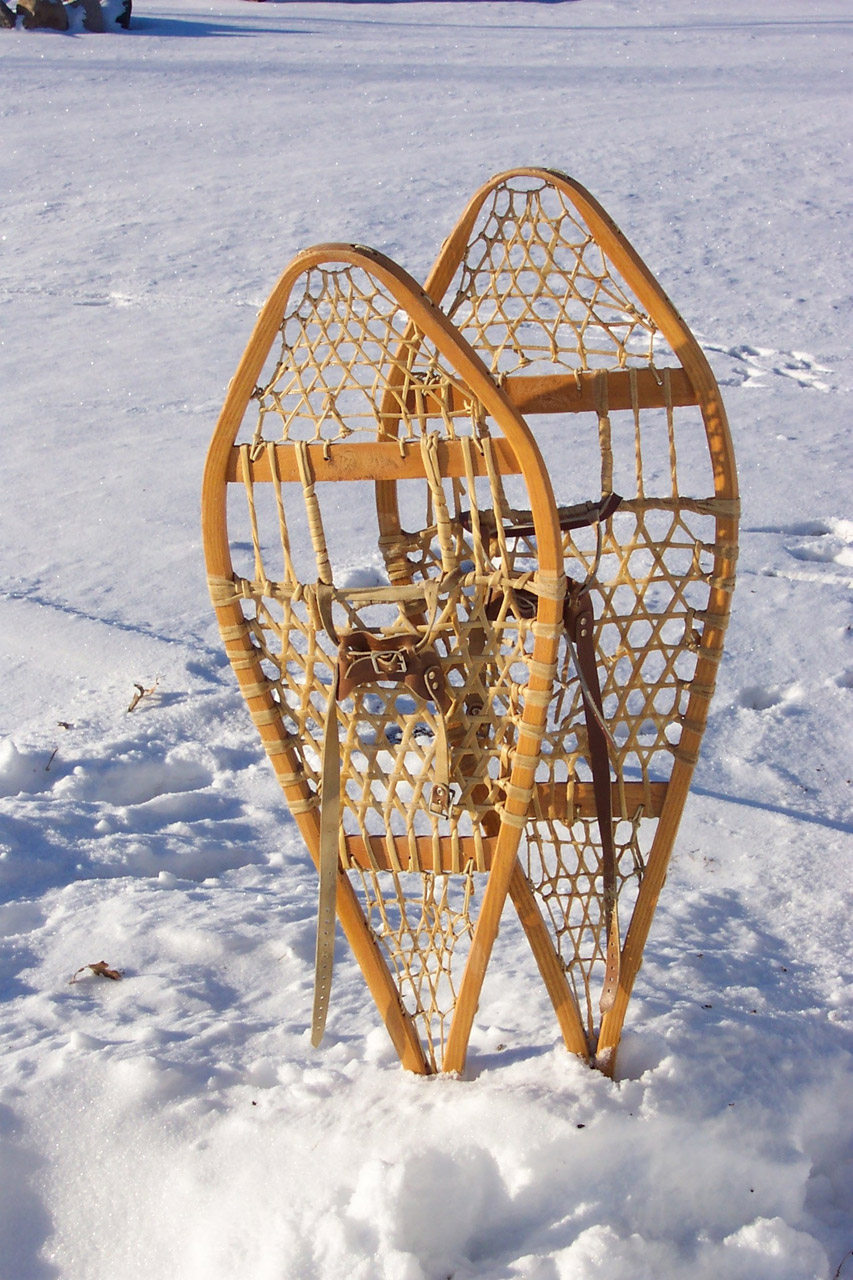Snowshoeing is a form of winter hiking that uses a wooden frame with webbing straps attached to the bottom. The straps are then strapped to the shoe to allow it to be used in snow. Snowshoes work by distributing your weight across the surface area of the snow. This makes walking on snow much easier than walking on ice or bare ground.
 |
| Snowshoeing |
Snowshoeing is an activity that can be enjoyed by people of all ages and fitness levels, as well as dogs! It’s a great way for families to spend time together and get outside during winter months.
Why snowshoeing is good?
Snowshoeing burns more calories than walking and allows you to keep a six-foot physical distance throughout the pandemic. For those looking for a fun, low-impact workout, this popular and inexpensive winter sport may be ideal for you and your family.
What do you do in snowshoeing?
Snowshoeing is essentially a winter hiking method when regular hiking is not possible due to snowy conditions. Snowshoes are devices that attach to your feet and allow you to walk on top of the snow rather than sink into it. Consider having duck feet and floating on the surface!
What are snowshoes?
 |
| Snow shoe |
Snowshoes are specialized outdoor gear for walking on snow. Users can travel largely on top of snow instead of through it due to their large footprints.
Why do people snowshoe?
Snow and ice are extremely slick. Snowshoes, such as Eva and Luna foam snowshoes, have been designed to increase traction to prevent people from slipping and sliding their way to a sprained ankle or knee. When this is combined with adjustable poles, people can gain more traction as they walk through the snow.
Is snowshoeing the same as hiking?
According to studies, snowshoeing can consume up to 50% more energy (calories) than hiking! That is a lot of calories burned, but in the worst snow conditions, it can take up to twice as long to cover the same distance, quickly tiring out even the fittest hiker.
Do you need snow pants for snowshoeing?
A fun day of snowshoeing begins with the proper clothing, which must include snow pants. Look for layers that are warm, easy to adjust, easy to vent, and durable. This makes things even more comfortable if the layers are lightweight.
Is snowshoeing hard on your back?
When snowshoeing, the back usually bears the most strain. Maintaining an upright position while performing strenuous movement requires a lot of strength in the back muscles. Excessive exertion while snowshoeing can result in strained back or shoulder muscles, as well as a herniated disc.
 |
| Snowshoeing |
Do I need poles for snowshoeing?
Poles are optional on flat terrain, but they come in handy on many snowshoeing excursions. They not only improve your balance, but they also work out your upper body. Adjustable poles are ideal because they can be shortened for ascending and lengthened for descending.
Can you lose weight snowshoeing?
Snowshoeing burns up to 45 percent more calories than walking or running at the same pace. Several factors are contributing to this rise: Exercising in the cold raises your metabolic rate. Walking with extra weight on your feet has the same effect as wearing ankle weights.
Is snowshoeing harder than walking?
What does snowshoeing feel like?
Walking in snowshoes will initially feel similar to walking on sand at the beach, because the snow gives a little underneath you and requires you to raise your legs a little higher when you walk. To keep the snowshoes from colliding, you'll need to widen and lengthen your stride.
Is snowshoeing a sport?
Snowshoeing is one of the fastest growing winter sports that anyone can do. You can snowshoe if you can walk; if you can run, you can snowshoe run. It truly is that simple to get started. Snowshoe running is a competitive sport with races all over the world.
See also:- Water aerobics, Parkour
